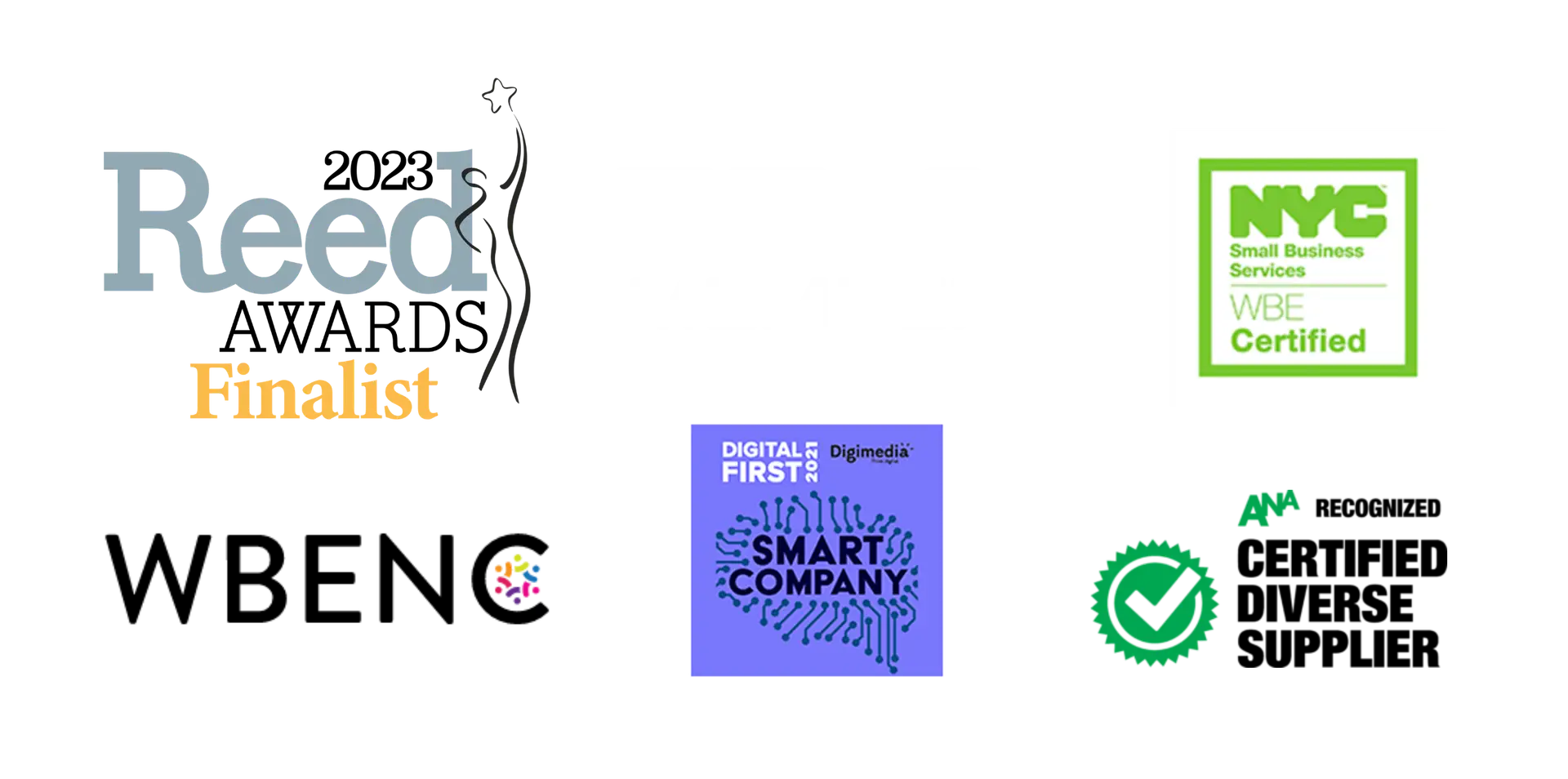Saturation seems to
be the hardest word
Even in 2020, companies struggle to accurately measure the effectiveness of their media strategies. Innumerable articles and marketing blogs on the subject have theorized that the main culprit for this challenge is data — most specifically the sourcing of it. Yes, data collection and dissemination can be strenuous, yet with the right minds at task the data puzzle can be solved effectively. A common misconception is that once that is done, it’s only a matter of time until great insights will follow.
However, data collection is not nearly as elusive as the most ignored issue in marketing and advertising: ad saturation.
What is Ad Saturation?
Ad saturation is the level of fatigue your audience feels toward your ads during a campaign. There’s a point in every campaign cycle at which the impact of the advertisement becomes minimal. If your campaign is well planned, you may be able to delay the saturation point and gain additional impact until interest fades. If you’re not able to properly measure your saturation point, you’ll probably miss it, only to reach the “realization point” after wasting time and money.
The time period from the saturation point to the realization point translates to wasted budget that could have been reallocated to a different channel. We analyzed historical campaigns and identified examples of up to 50-percent inefficiency: 50 percent of a budget wasted just because the saturation level was not carefully tracked, and advertisers kept investing in an exhausted channel. Simply put, the extra media investment after the saturation point, is money inefficiently spent. Here is an example of a $100,000 loss.

- Ad saturation is the level of fatigue your audience feels toward your ads during a campaign. There’s a point in every campaign cycle at which the impact of the advertisement becomes minimal.
Why Is It Important?
There are two key reasons why understanding your advertising saturation metrics must become an essential part of your strategy:
- Budget inefficiency: Without knowing your saturation point, you’re spending on a campaign that will soon stop generating interest — or already has.
- Potential damage to your brand: Yes, messages are more effective when repeated — but when is it too much? Over-targeting brings apathy or negative feelings toward your advertising. We all recall TV ads that we saw over and over. This constant repetition risks generating negative perceptions of a brand. Bombarding consumers with the same ad, will eventually create a counter effect. There’s a fine line between ad effectiveness and over-targeting that leaves the viewer weary.
What Measures Can You Apply?
Few campaigns know exactly when they will reach exhaustion yet trying to estimate your saturation point is necessary. Once you determine when your campaign will be saturated, get into proactive mode and start to mitigate it, not necessarily by stopping media spend but by active reallocation.
- Spice things up. Adjust media spend to less saturated combinations. Switch up the mix that will keep you in the game. Test different combinations. A different day, a different daypart, a different creative — but always test and learn to be sure to invest in a combination that continues to drive interest.
- Is your channel successful but about to become saturated? Move on to another channel with a similar audience.
- Don’t invest blindly and across the board. You will not be able to get enough data to reach statistical significance nor will you be able to measure your successes or losses. A campaign that can’t be accurately measured may be a waste of time and money.
- If possible, take a break and restart.
Most campaign managers don’t know when the moment of saturation happens and keep spending on already saturated channels that may have performed well in the past and then act surprised when there are no significant responses or returns. To avoid such an expensive pitfall: don’t miss the saturation point!

